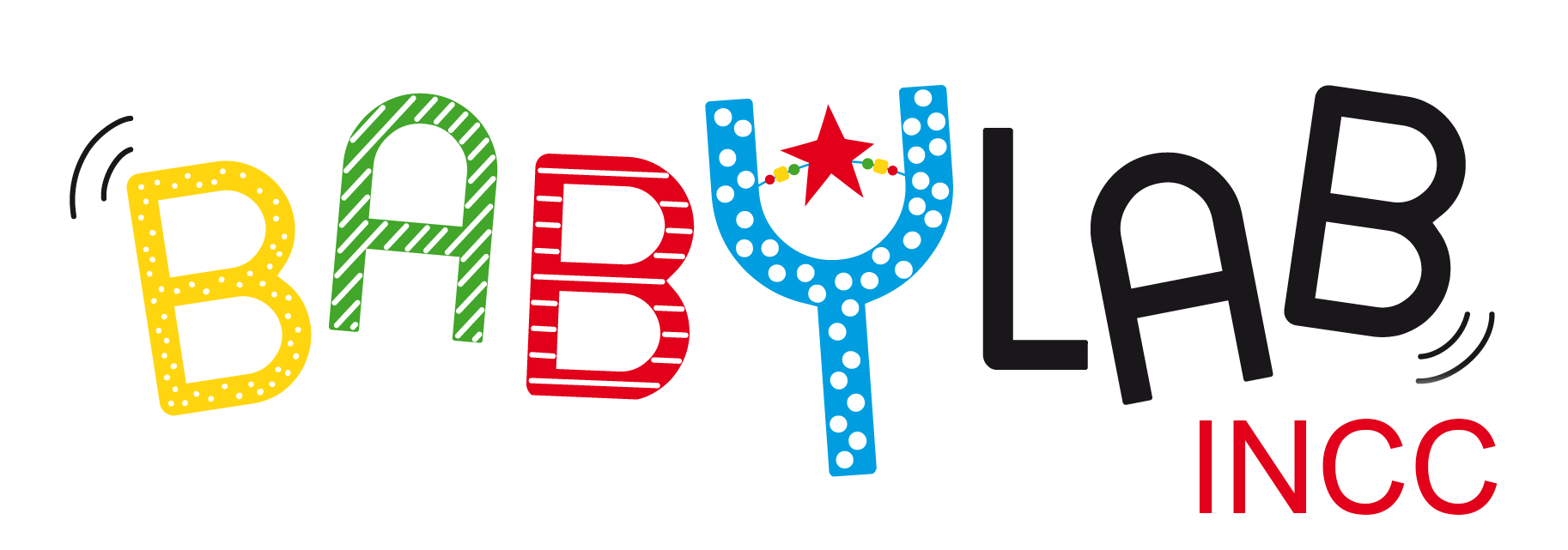Véronique Izard
Research Scientist, Co-team leader of Speech and Cognition team

I am interested in mathematical thinking. Do children and infants possess intuitions relevant to mathematics, and what is the content of these intuitions? Are these intuitions present universally in all human beings? Conversely, what role do culture and instruction play in shaping our mathematical concepts? My research involves children and infants in France, and I have also been lucky enough to be able to study adults and children from a group in Amazonia, the Mundurucus.
Relevant links: Mathematic intuition: baby to adult (french)
Ongoing project
ManyNumbers – an international project on learning to count and numbers
How do children eventually manage to confer numerical meaning to number words and to counting? In particular, does understanding number words build on the type of early numerical skills observed in infants? These are the questions that this international project seeks to answer.

Project team lead
Véronique Izard
Mental Space in Memory through Adversarial Collaboration: Exploring the Origins and the Developmental Course – SPACEODC
Human beings tend to spontaneously use space to think, represent externally (e.g. calendars) and even talk about a variety of non-spatial domains (e.g. time). This ability is functional from birth, how it is modulated throughout the first years of life, what are its behavioral signatures and underlying biases. Finally, we will examine whether, and how, this capacity has an impact on learning in different information domains, from birth to adulthood.

Project team lead
Maria Dolores (Lola) de Hevia
The origins and development of the mental timeline
The ability to represent abstract concepts sets humans apart from all other animals. For example, although we cannot see or touch time, we possess rich temporal representations. What enables this cognitive feat?

Project collaborator
Maria Dolores (Lola) de Hevia
Geometries Return
Building on a previous ANR project (“Geometries”), this new project aims at characterizing the geometric content of form representations across a variety of formats (2D, 3D), presentation modalities (vision, touch), ages (infants, children, adults), and visual experience (sighted and blind participants).

Project team lead
Véronique Izard
Origin of a numerical mental line
In adults, the existence of a mental number line (the representation of smaller quantities on the left and larger quantities on the right) has been demonstrated. But what about newborns?

Project team lead
Maria Dolores (Lola) de Hevia
Selected Publications
– Barot, C., Chevalier, L., Martin, L., & Izard, V. (2024). “Now I Get It!”: Eureka Experiences During the Acquisition of Mathematical Concepts. Open Mind, 8, 17-41. https://doi.org/10.1162/opmi_a_00116
– Dillon, M. R., Duyck, M., Dehaene, S., Amalric, M., & Izard, V. 2019. Geometric categories in cognition. Journal of Experimental Psychology: Human Perception and Performance, 45(9), 12367.”
– Izard V., Streri A., Spelke E.S., 2014. Towards Exact Numbers : Understanding Exact Equality, Cognitive Psychology, 72, 27-53.
– Izard V., Pica P., Spelke E.S., Dehaene S., 2011. Flexible Euclidean Intuitions in an Amazonian Indigene Group, PNAS, 108(24), 9782-9787.
– Izard V., Sann C., Spelke E.S., Streri A., 2009. Newborn Infants Represent Abstract Numbers, PNAS, 106(25): 10382:10385.
